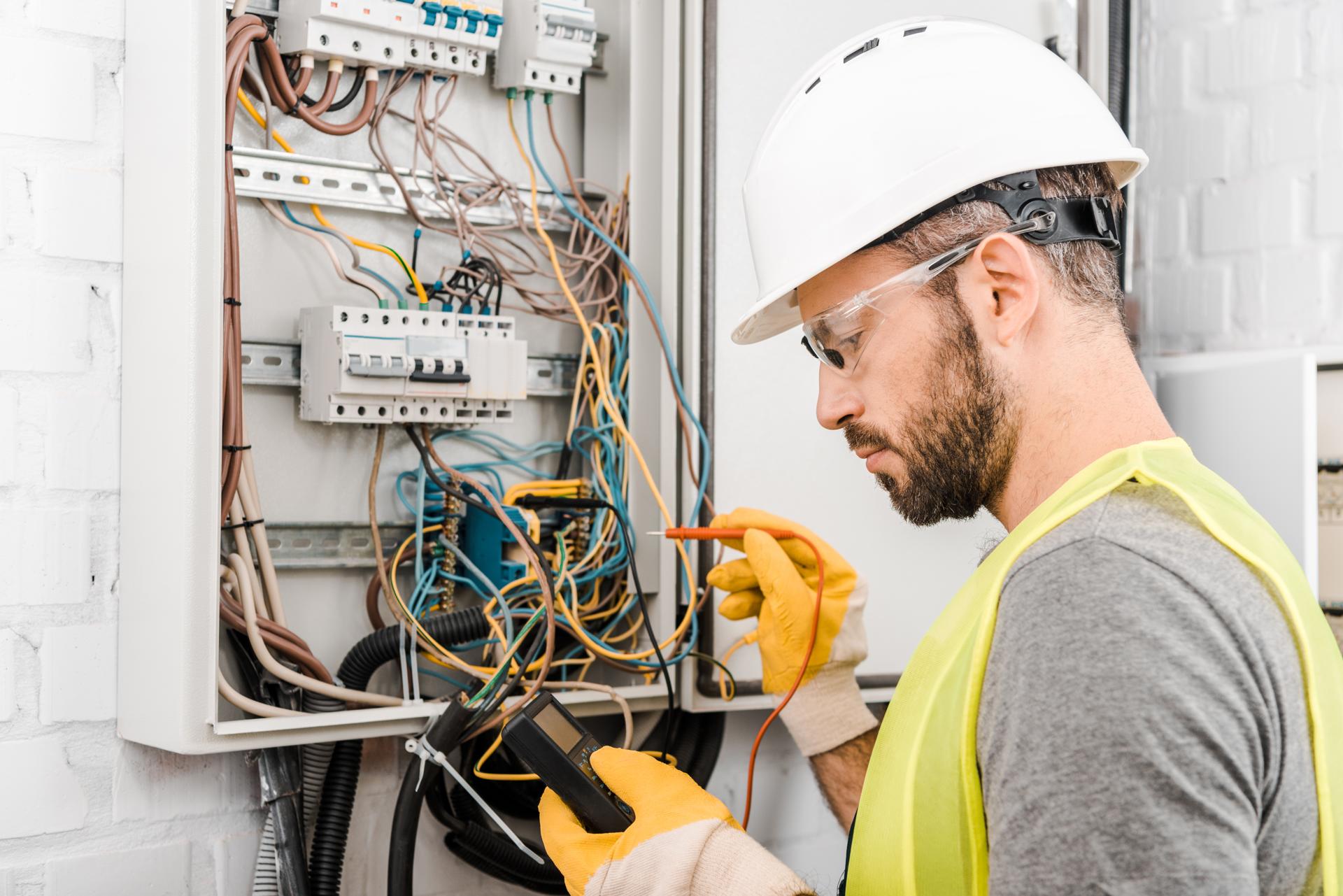The Science Behind Electrical Wiring in Your Home: A Non-Expert's Guide

Electricity is an integral part of our everyday life, powering everything from the lighting in our homes to the appliances we use every day. But electric systems may be complicated making it difficult to understand how they function can be difficult. In this article, we’ll break down the various components that make up an electric system, and explain how circuits work to power appliances and devices. Our residential electricians can handle any electrical jobs you need.
The components of an electrical system
An electrical system has several essential components that work to supply power to homes. This includes:
Breaker box: the central distribution point for electrical power in homes that is where electricity is divided into several circuits
Switches and outlets: points at which electricity is supplied to appliances and devices
Wiring: the wires that transport electric current from the box to the outlets and switches
Electronic appliances and gadgets: devices and appliances that use electricity to function
Electrical Circuits
The term "electrical circuit" refers to a pathway that lets electricity flow from the point of origin (the breaker box) to the devices and appliances in the home. There are two kinds of electrical circuits in a home that are 120-volt and 240-volt circuits. 120-volt circuits are employed to power most household appliances and appliances, while the 240-volt circuits are utilized for larger appliances such as air conditioners and electric dryers.
Electrical circuits work by completing the loop which allows electricity to flow from the source to the appliance or device. The loop consists of a hot wire that transports the power along with a neutral wire that completes the circuit as well as a ground wire that provides a path for the electricity to get to the ground in the event of a fault.
Understanding Electrical Wiring
Electrical wiring is available in a variety of different types, including non-metallic sheathed wire (NM) and armored cable (AC) and conduit. Each kind has its advantages and drawbacks, and the choice of the wiring type is contingent upon the particular requirements of the installation.
The electricity travels through wires through a flow of electrons through the wire. The electrons travel from the source to the device or appliance and then back to the source through the neutral wire. It is crucial to make sure that the wiring is installed and maintained properly, since faulty wiring can lead to electrical hazards like shocks and fires.
Common Electrical Problems
Common electrical issues in homes include tripping breakers, flickering lights, and disconnected outlets. These issues can be caused by a variety of factors such as overloading circuits poor connections, or faulty wiring.
If you’re experiencing one of these problems, it’s essential to identify the cause and take appropriate steps to correct the issue. In certain instances it may be necessary to contact an authorized electrician to look over and fix the wiring.
Final Conclusion, as well as a Call to Action
In conclusion, understanding how electrical wiring operates is crucial for ensuring the safety and security of the electrical system in your home. By adhering to the guidelines laid out in this article to stay safe and prevent potential hazards.
Should you ever have concerns or questions about your home’s electrical system Don’t hesitate to reach out to Local Electrician Cranbourne. Our licensed electricians has the experience and knowledge to handle all your electrical needs. Contact us by phone at 1300 933 820 to schedule a consultation.
FAQ
What are the indicators of an electrical wiring issue?
Signs of faulty electrical wiring can include tripping breakers, flickering lights, and dead outlets, among others.
What is the best time to schedule my electrical system at home inspected?
It’s suggested that you get your home’s electrical system checked by an accredited electrician each 10 years.
What is the lifespan of wiring that is electrical?
The life span of electrical wiring is dependent on many factors, such as the type of wiring used, the environment it’s installed in, and the quality of installation. In general, electrical wiring will last for at least 30-years or longer if it’s installed with correct installation and care.
Can I fix electrical problems by myself or should I employ an electrician?
While some electrical issues can be solved by homeowners, it’s advised to hire an experienced electrician to complete most electrical repairs. Making attempts to fix electrical problems without the proper education and expertise is risky and could cause injury or damage to your home.
What should I do if I have an electrical issue in my home?
In the event of an electrical emergency the first step is to turn off power to the area affected by turning off the breaker or fuse. Then, contact an authorized electrician to look into and fix the issue as soon as you can.
By following these guidelines by following these guidelines, you can ensure the security and reliability of your home’s electrical system and prevent potential hazards. Be aware that when you need repairs to your electrical system and installations, it’s best to leave it to the experts. Call Local Electrician Cranbourne at 1300 933 820 to discuss all of your electrical requirements.
